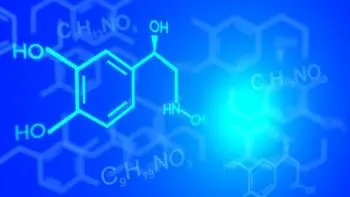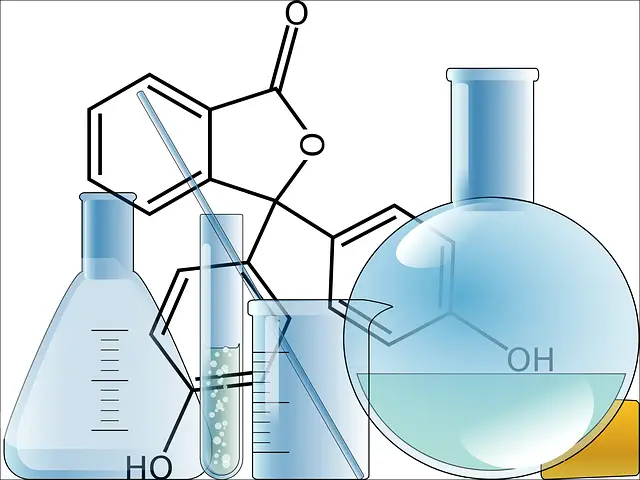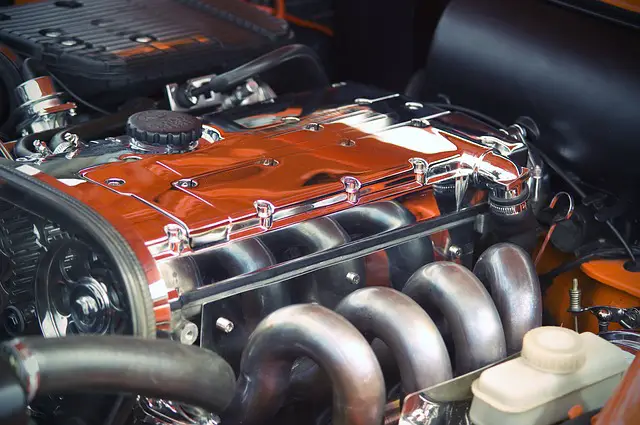
Chemical reactions are fundamental processes that occur throughout the world, from inside our cells to Earth's atmosphere and beyond.
These invisible transformations govern the way we interact with the world around us, from preparing our food to obtaining energy from fossil fuels.
What are chemical reactions?
Chemical reactions are processes in which one or more substances, called reactants, are transformed into one or more different substances, called products.
These transformations involve changes in the molecular structures of the substances involved, which often result in the release or absorption of energy.
Types of chemical reactions
Chemical reactions can be divided into several categories, depending on the changes that atoms and molecules undergo in the process:
Combination reactions
 In combination reactions, two or more substances combine to form a single substance.
In combination reactions, two or more substances combine to form a single substance.
A common example is the reaction between hydrogen and oxygen to form water:
2H₂ + O₂ → 2H₂O
In this chemical equation, two hydrogen molecules and one oxygen molecule combine to form two water molecules.
Decomposition reactions
Decomposition reactions are the opposite process of combination reactions. In these reactions, one substance splits into two or more simpler substances.
An example is the decomposition of hydrogen peroxide (hydrogen peroxide):
2H₂O₂ → 2H₂O + O₂
In this reaction, hydrogen peroxide breaks down into water and oxygen.
Substitution or displacement reactions
In substitution or displacement reactions, one element or group of elements in a substance is replaced by another element or group of elements.
An example is the reaction between zinc and hydrochloric acid:
Zn + 2HCl → ZnCl₂ + H₂
In this reaction, zinc replaces hydrogen in hydrochloric acid, forming zinc chloride and releasing hydrogen gas.
Precipitation reactions
Precipitation reactions occur when two aqueous solutions combine and form an insoluble solid called a precipitate.
An example is the reaction between sodium chloride (NaCl) and silver nitrate (AgNO₃):
NaCl(aq) + AgNO₃(aq) → NaNO₃(aq) + AgCl(s)
In this reaction, silver chloride (AgCl) is an insoluble precipitate that forms, while sodium nitrate (NaNO₃) remains in solution.
Reduction-oxidation reactions (Redox)
Redox reactions involve the transfer of electrons between substances. One component is oxidized by losing electrons, while another is reduced by gaining electrons. A fundamental example is the reaction between hydrogen and oxygen to form water:
2H₂ + O₂ → 2H₂O
In this reaction, hydrogen is oxidized by losing electrons and forming hydrogen ions (H⁺), while oxygen is reduced by gaining electrons and forming hydroxyl ions (OH⁻).
How do chemical reactions occur?
 Chemical reactions occur due to the effective collision of particles in reactant substances.
Chemical reactions occur due to the effective collision of particles in reactant substances.
For a chemical reaction to be successful, certain conditions must be met:
Activation energy
Every chemical reaction has an energy barrier that must be overcome before the reaction can occur. This energy is called activation energy and is necessary to break chemical bonds in the reactants and allow the formation of new bonds in the products.
Once the activation energy is exceeded, the reaction continues on its own.
Molecular orientation
Not all collisions between particles lead to a chemical reaction. Particles must collide in the proper molecular orientation to allow the formation of products.
This means that collisions must occur with enough energy and in the right direction to break and form bonds.
Concentration and temperature
The concentration of reactants and temperature also affect the rate and probability of a reaction occurring.
Increasing the concentration of reactants or raising the temperature usually increases the reaction rate by increasing the frequency of effective collisions.
Examples of chemical reactions in everyday life
Chemical reactions play a fundamental role in our daily lives and in many aspects of science and technology. Here are some examples that highlight its importance:
1. Digestion
In our digestive system, enzymes catalyze a series of chemical reactions that break down food into nutrients that our body can absorb and use for energy.
2. Combustion
 The combustion of fossil fuels such as gasoline and coal is a chemical reaction that releases energy in the form of heat and motion, which powers our vehicles and generates electricity in thermal power plants.
The combustion of fossil fuels such as gasoline and coal is a chemical reaction that releases energy in the form of heat and motion, which powers our vehicles and generates electricity in thermal power plants.
3. Photosynthesis
Photosynthesis is a vital chemical reaction carried out by plants, converting sunlight into chemical energy stored in the form of glucose and oxygen, supporting the food chain and producing the oxygen we breathe.
4. Medicine and pharmacy
Medications, such as antibiotics, work by interacting with chemical reactions in our body to cure diseases and relieve symptoms.
5. Chemical industry
The manufacturing of chemicals, plastics, advanced materials and pharmaceuticals relies heavily on a deep understanding of chemical reactions.